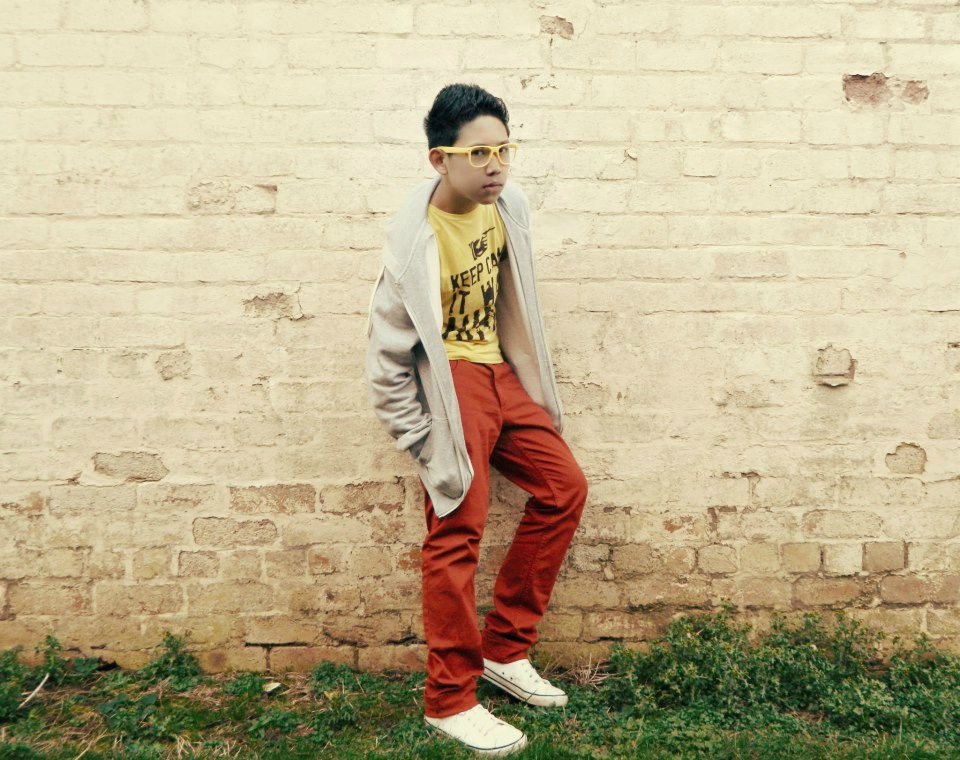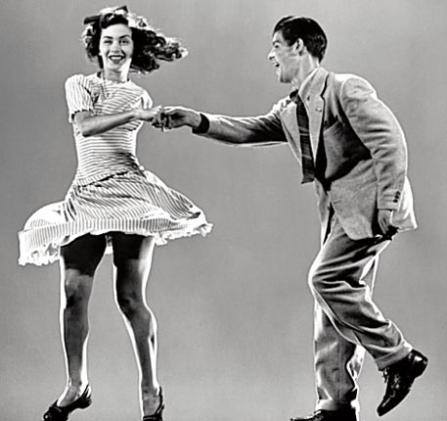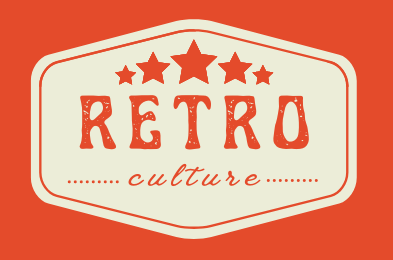
What exactly is Retro Style?
 Retro style is style that is consciously derivative or imitative of trends, modes, fashions, or attitudes of the recent past.
Retro style is style that is consciously derivative or imitative of trends, modes, fashions, or attitudes of the recent past.
According to Wikipedia, the term retro has been in use since the 1970s to describe on the one hand new artefacts that self-consciously refer to particular modes, motifs, techniques, and materials of the past. But on the other hand, some people (incorrectly) use the term to categorise styles that have been created in the past. Retro style refers to new things that display characteristics of the past. It is mostly the recent past that retro seeks to recapitulate, focusing on the products, fashions and artistic styles produced since the Industrial Revolution, of Modernity. The word “retro” derives from the Latin prefix retro, meaning “backwards, or in past times”
In France, the word rétro, an abbreviation for rétrospectif gained cultural currency with reevaluations of Charles de Gaulle and France’s role in World War II. The French mode rétro of the 1970s reappraised in film and novels the conduct of French civilians during the Nazi occupation. The term rétro was soon applied to nostalgic French fashions that recalled the same period. Shortly thereafter it was introduced into English by the fashion and culture press, where it suggests a rather cynical revival of older but relatively recent fashions. In Simulacra and Simulation, French theorist Jean Baudrillard describes “retro” as a demythologization of the past, distancing the present from the big ideas that drove the “modern” age.
The concept of nostalgia is linked to retro, but the bittersweet desire for things, persons and situations of the past has an ironic stance in retro style. Retro shows nostalgia with a dose of cynicism and detachment. It is said that the desire to capture something from the past and evoke nostalgia is fuelled by dissatisfaction with the present.
“Retro” can be applied to several things and artefacts, for example forms of technological obsolescence (including, for instance, manual typewriters, cash registers, bulky hand-held cellphones, etc.) and also the resurrection of old computer games and the equipment on which they are played. But most commonly “retro” is used to describe objects and attitudes from the recent past that no longer seem “modern.” It suggests a fundamental shift in the way we relate to the past. Different from more traditional forms of revivalism, “retro” suggests a half ironic, half longing consideration of the recent past.; it has been called an “unsentimental nostalgia,” recalling “modern” forms that are no longer current.


